Dural Arteriovenous Fistula
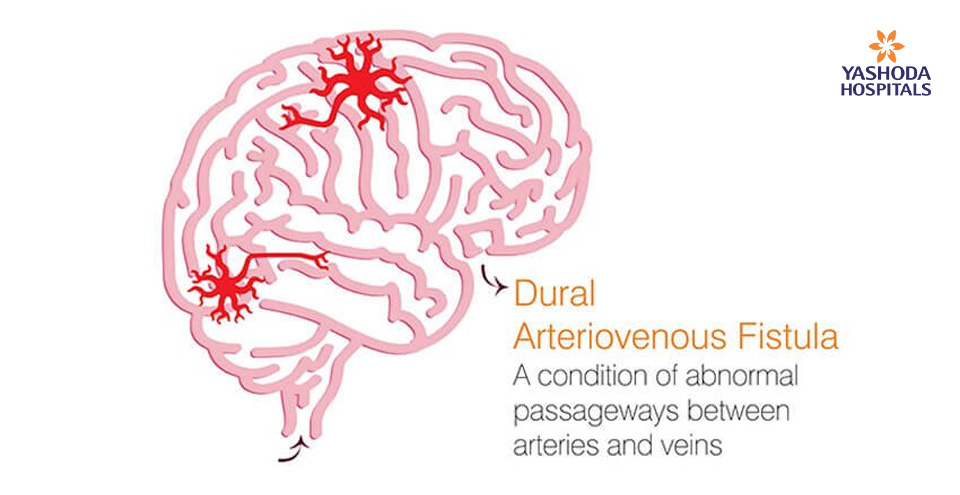
A condition of abnormal passageways between arteries and veins
Dural arteriovenous fistulas (DAVF) refers to abnormal passageways between arteries and veins (arteriovenous fistulas), which usually occurs in the brain and the spinal cord areas. As understood, the arteries bring oxygenated blood, and veins carry deoxygenated blood.
However, when blood vessels in the brain and spinal cord are directly connected, it leads to the condition of arteriovenous fistula. Also, when the high pressured blood flowing through the arteries enters the veins in brain and spinal cord resulting in building-up of pressures the brain and the spinal cord. Dural AVF is usually seen the age groups 50 to 60 years, with more men prone to it, than women.
CAUSES
Two types of AVFs are dural AVFs and carotid-cavernous fistulas (CCFs), which are acquired and not hereditary. AVFs can be a result of infection or traumatic injuries. However the exact reason for AVFs is unknown.
SYMPTOMS
Dural AVFs are characterized by a rumbling noise in one ear that follows the heartbeat, which is called a bruit. In AVF patients, the symptoms of the disease include blindness of one or both eyes in addition to a bruit. Other symptoms of Dural AVFs include headache, tinnitus (ear ringing), papilledema (swelling of the optic disc), seizures and hemorrhage.
TESTS & DIAGNOSIS
Efforts are on to close the DAVFs before the increased pressure in the venous system and causing irreversible damage to the brain or spinal cord. First crucial test to identify AVF is the all new angiogram. The neuroradiologist injects dye into the blood vessels in the brain and obtains images of the blood vessels.
TREATMENTS
Depending on the type of DAVF, the course of treatment is adopted. First treatment process includes minimally invasive endovascular embolization. A liquid embolic agent is injected to shut-off the artery and reduce the flow of blood through the arteriovenous malformations (AVM).
Next treatment includes the microsurgical resection, where the DVAF is isolated from the tissues around the brain or spinal cord. Each patient is evaluated to decide on either of the treatments however there may be instances where both the treatments may be advised by the doctor.






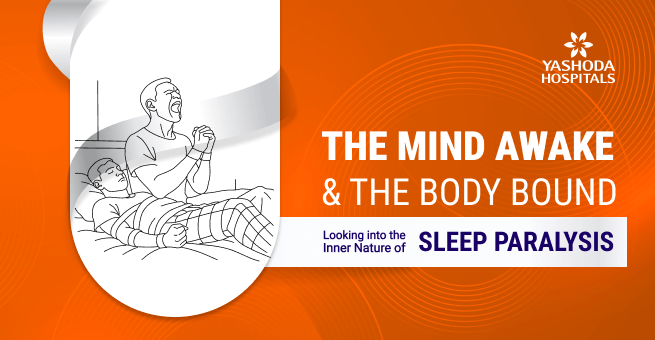


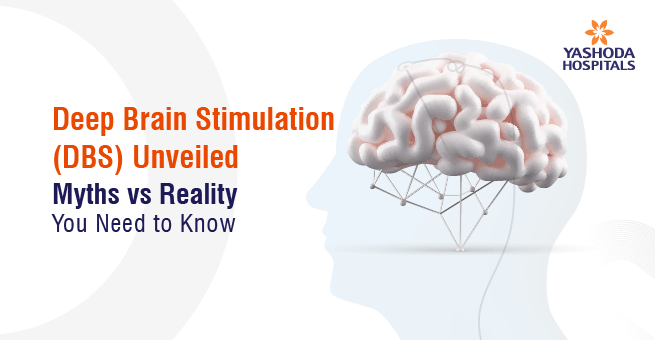
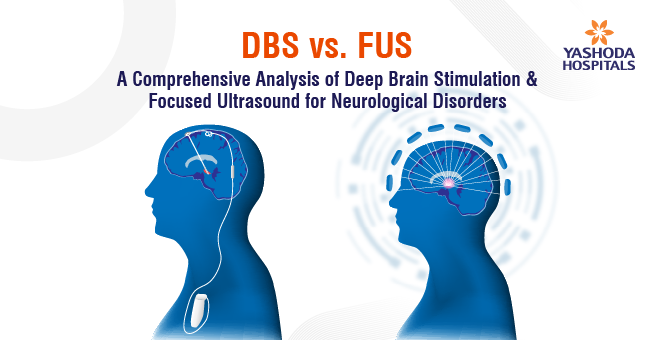
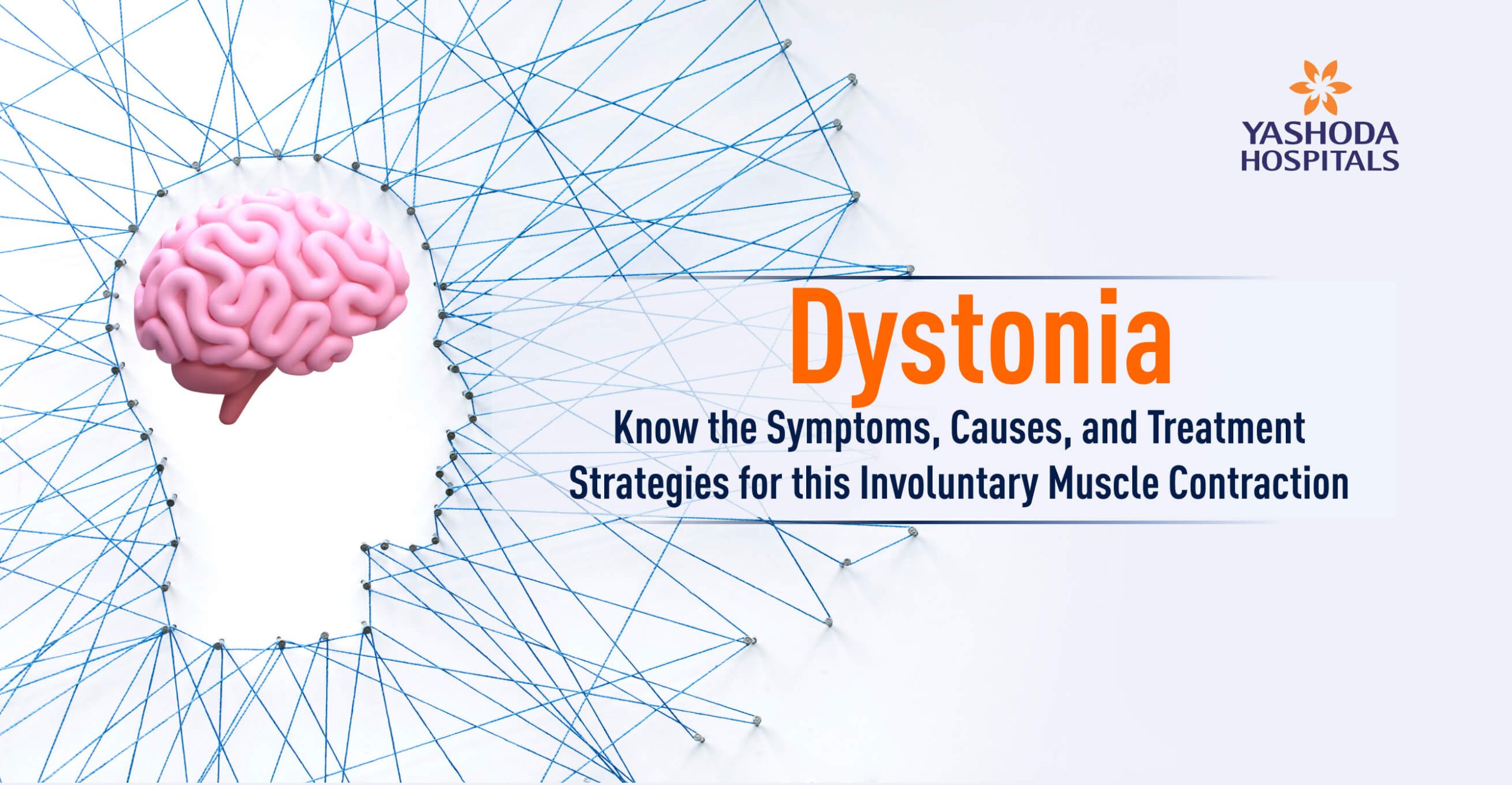

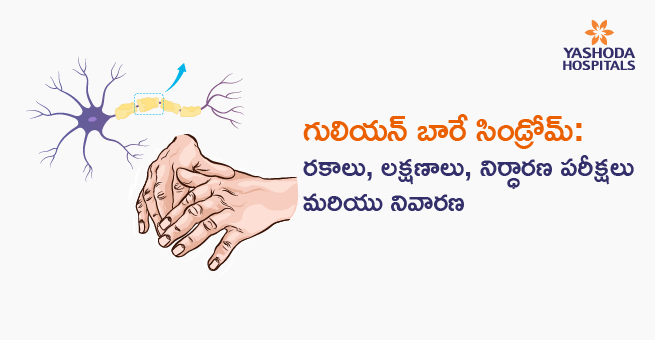
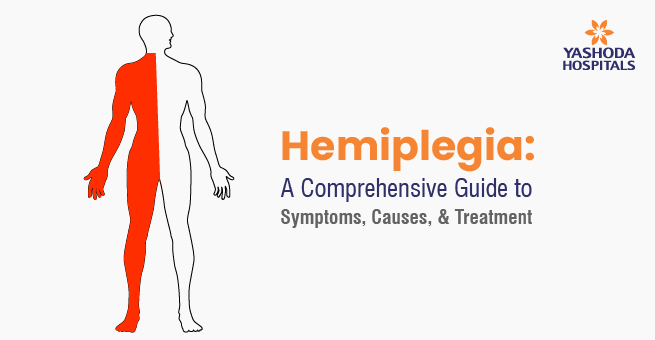






 Appointment
Appointment WhatsApp
WhatsApp Call
Call More
More